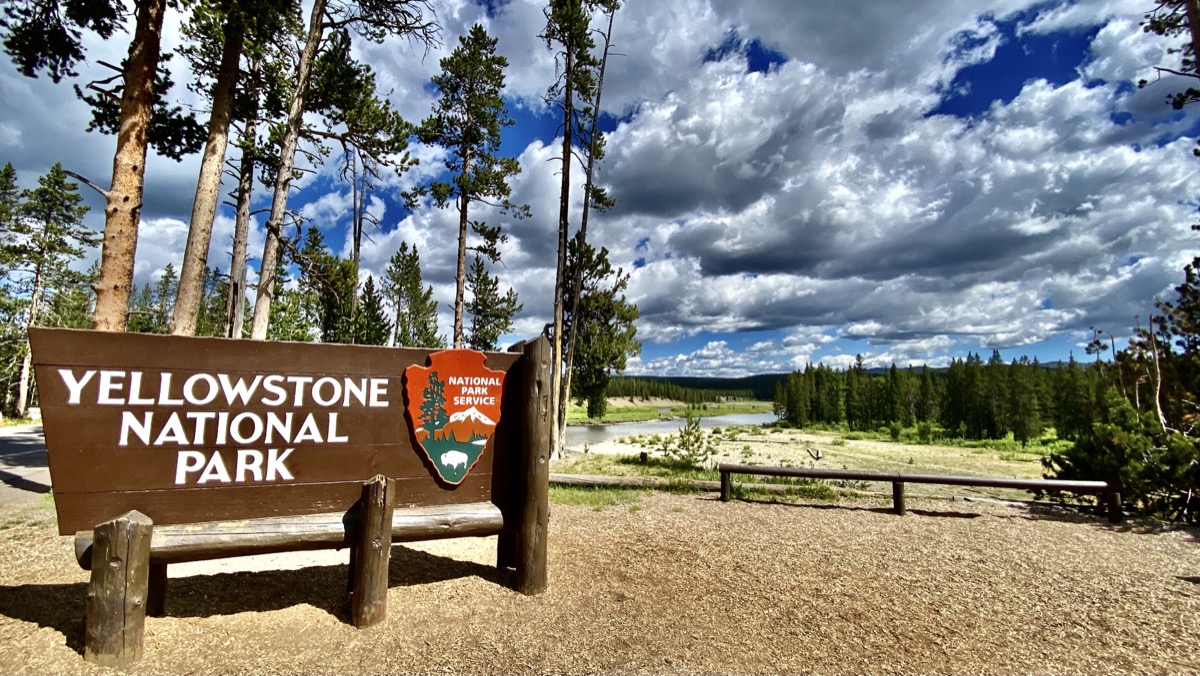Devastation in Yellowstone National Park Demonstrates the Realities of Climate Change

This isn’t a “gotcha” moment in the slightest, although the evidence is fairly damning. Recently, all roads leading in and out of Yellowstone National Park have been closed due to severe damage caused by unforeseen natural disasters:
The rivers are still roaring, and the park is still in desperate need of aid. As a result, the park’s entire northern sweep will be closed for tourism—just as the park was getting ready to celebrate its 150th anniversary—with only marginal chances of the southern sweep reopening on the Eastern, Western, and Southern roads for minimal tourism.
And while this disaster won’t mark the end of Yellowstone, Park Superintendent Cam Sholly is dreading the way things will change moving forward. Important roads were destroyed to the point where he and other park officials are considering that the best course of action is paving entirely new roads. Along with this, while the animal population remained largely unscathed, he is unsettled by how eerily silent the entire valley will be until things are more or less righted.
As for the toll on human life, thankfully all nearby residents were evacuated in time, but homes in places such as Park County and Gardinier were devastated by the flooding. Local economies and small businesses were just getting on track after quarantine, too, but now they fear that this unexpected turn of events will set them back severely. A historic gathering of Indigenous tribes was also slated to take place in August, to commemorate the 150th anniversary of the park. Now that, too, will be on hold, keeping more than 16 tribes waiting.
The Red Cross has been arriving in steady numbers to aid communities such as Red Lodge, which was almost entirely flooded and whose residents are taking up shelter in places like their local church. Such shelters are intended to provide food, water, and other amenities to anyone who asks and anyone in need, so although this whole situation is an utter catastrophe, at least the residents are presently accounted for.
However, what this says about the park itself moving forward remains to be seen. The full scope of the damages hasn’t even been accounted for, so severe was the flooding, and even if park staff wants to return to see if they can help, many of their lodgings were destroyed, too. It’s fairly evident that this is Yellowstone’s first time dealing with such a flood, because it was completely and utterly unexpected. People don’t expect Yellowstone to flood—at worst, they expect it to suffer wildfires.
Consequently, this flood has attracted the attention of various climate scientists and geologists. Dr. Robert Smith provides an optimistic (perhaps unintentionally) view of the park, which is that its hydrologic nature is what makes it unique. It only looks the way it does because of violent natural occurrences, therefore a flood isn’t likely to upend the entire park as we know it.
But how many more floods can one park take, even one as large and wondrous as Yellowstone? Dr. Cathy Whitlock, an associate of Yellowstone and the Montana Climate Assessment, has rightly asserted that as the global climate changes, so too will the natural state of Yellowstone: its weather, its topography, its everything.
Pretending that this is the result of anything other than climate change is not only ignorant, it’s utterly shameful. We need natural spaces like this in order to survive and provide balance to the industrial chaos we’ve induced upon ourselves, and to take such spaces for granted is to don the mantle of a greedy, unthinking despot.
Climate change is real, and it’s only a matter of time before things escalate. But in the meantime, I am heartened to see that everyone in the area is safe and being taken care of. If you’d like to help out, here is a vetted list of donation pages to provide for those affected.
(featured image: Samuel Howell)
Have a tip we should know? tips@themarysue.com